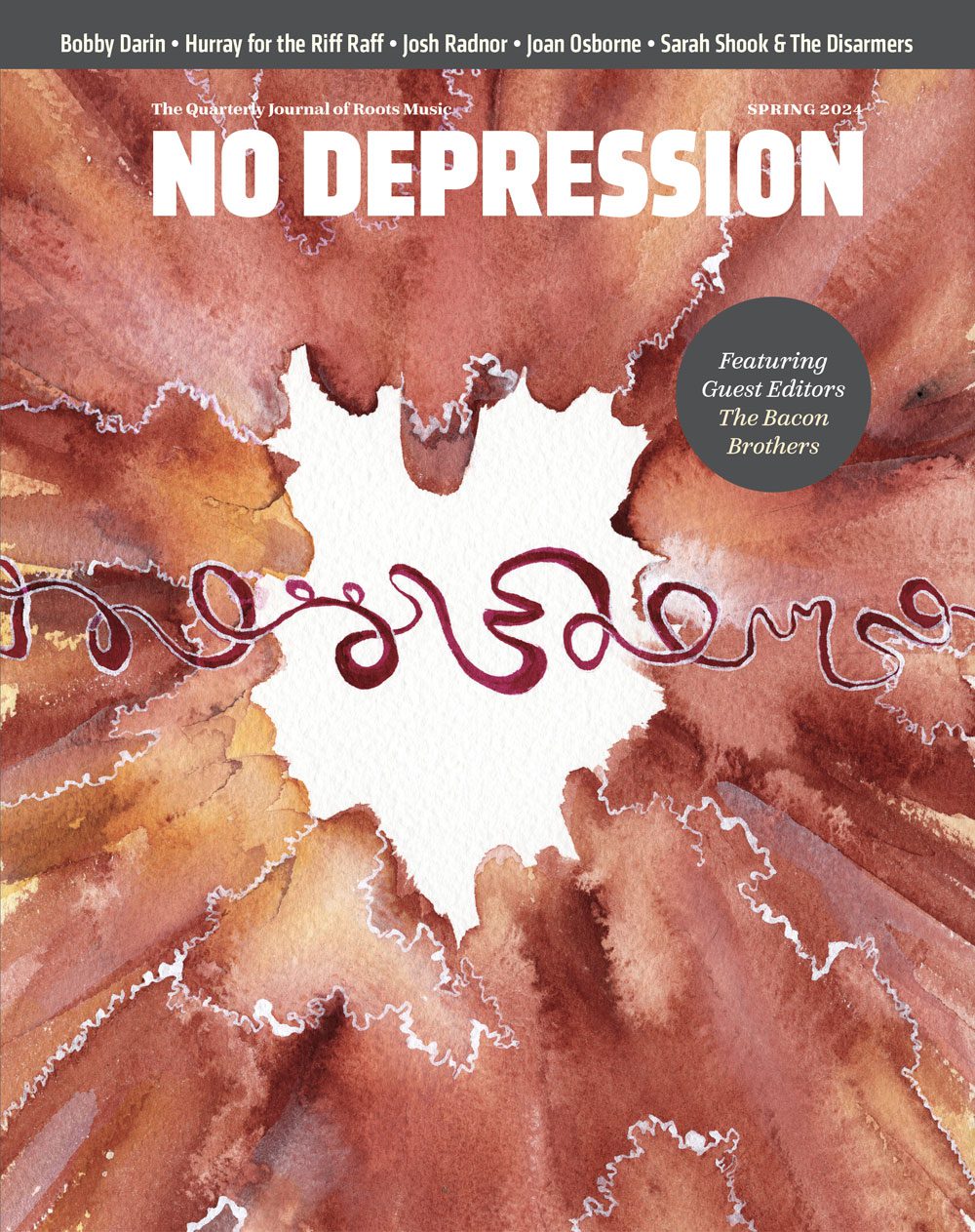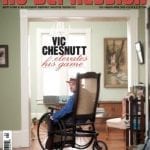Hank Garland: 1930 to 2004
Hank Garland deserved better than the incoherent, often incorrect Associated Press obit he received after dying from a staph infection on December 27 at age 74. The hyperbole overlooked the essence of his artistry: a unique confluence of technique, taste, harmonic sense and versatility that made him the ideal studio guitarist for the Nashville of the 1950s and early ’60s.
Growing up in Cowpens, South Carolina, Garland idolized Maybelle Carter and Arthur “Guitar Boogie” Smith. His passion for jazz blossomed after he joined Paul Howard’s Grand Ole Opry western swing band the Arkansas Cotton Pickers in 1946. His fiery playing drew notice both with Howard and during his subsequent hitch with Cowboy Copas’ band.
“Sugarfoot Rag”, his signature tune, began as a melodic exercise he devised to improve his technique. With lyrics, Red Foley’s vocal version with Garland featured on guitar became the B-side of his 1950 #1 country/pop hit “Chattanoogie Shoe Shine Boy”.
Garland worked with Eddy Arnold in the ’50s, but jazz remained his offstage obsession. When Arnold was in Manhattan to record or do television, Garland spent his off-duty hours jamming in jazz clubs or studying with jazz guitar great Barry Galbraith.
As one of the legendary A-Team of session musicians during the Nashville Sound era, Garland was a paragon of versatility, able to create the graceful, crystalline intro to Patsy Cline’s “I Fall To Pieces” and the guitar meltdown on Little Jimmy Dickens’ “I Got A Hole In My Pocket”. He wasn’t actually Elvis’ regular guitarist (he backed him onstage a couple times), yet his powerful presence on “A Fool Such As I” and “Little Sister” remains unforgettable.
Garland’s jam sessions with fellow A-Teamers at the Carousel Club in Printer’s Alley stunned jazz musicians passing through Nashville. Jazz Winds From A New Direction, his 1960 Columbia LP, finally revealed his gifts, inspiring younger guitarists including George Benson. On the cover, Garland sat in his sports car, surrounded by guitars; he looked every bit the cocky Type-A he was.
Dubious conspiracy theories surround the violent 1961 car crash north of Nashville that ended his career. Known facts are less dramatic. Garland, amid a marital crisis, arrived home to find wife and kids gone. He may have assumed they were headed north out of town (they were still in Nashville). As he was flying down US 41 north of Springfield, Tennessee, a tire blew. His station wagon overturned, ejecting him and leaving him comatose.
He emerged from the coma with memory and motor impairment. Fellow A-teamers signed his name to session sheets for a time so his family could eat. Still tenacious, Garland persevered in retirement and regained much of his skill, though not enough to return except for a 1976 Opry old-timers show.
If Chet Atkins proved country guitarists were capable of far more than three chords, Hank Garland took it to the next step. That fate snatched his chance to grow further remains as tragic as his death.




